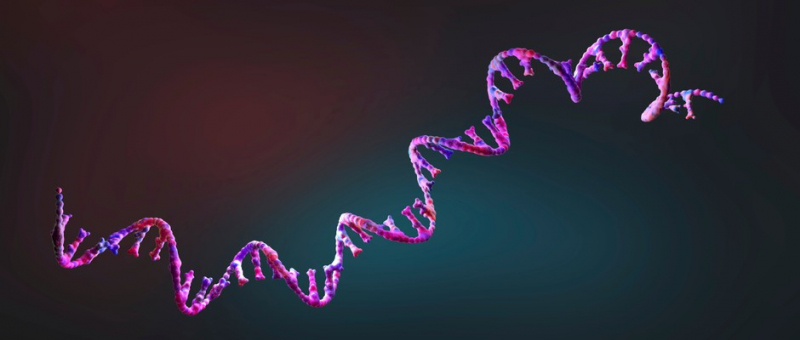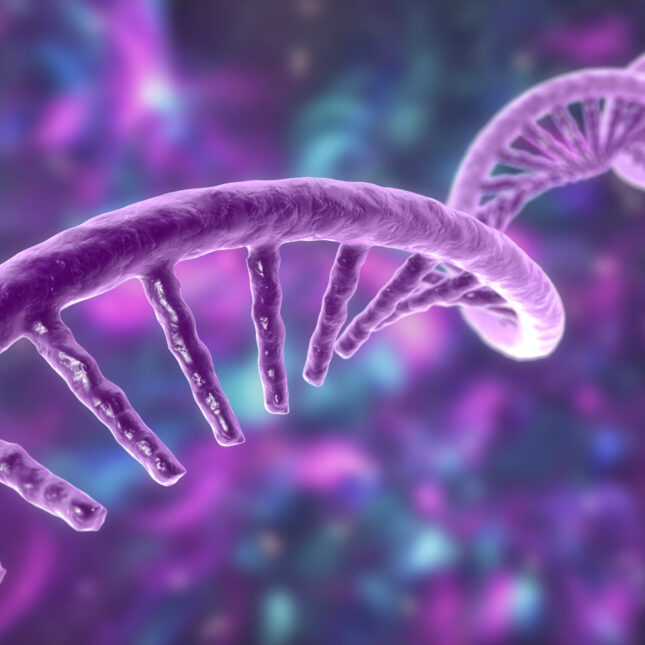RNA
We still know remarkably little about RNA, despite the fact that it was only found a few decades after the discovery of DNA, its more well-known cousin, more than a century ago. For the uninitiated, RNA and DNA are both nucleic acids that cause our cells to produce proteins, which serve as the building blocks of all complex life forms. The genetic information is stored in DNA and is transferred to RNA, primarily messenger RNA, or mRNA, which is then utilized to encode proteins.
Since its discovery, numerous other RNA subtypes have been identified in both nature and the human body that are unrelated to the process of making proteins. Only 3% of the DNA code in our bodies is translated into messenger RNA; the remaining 80% is divided among other, less well-understood kinds of RNA.
Over time, scientists have learned that RNA has additional capabilities beyond those traditionally considered to be reserved for proteins, including the ability to encode genetic information and even change its own genetic code, similar to DNA. They also recently discovered a brand-new kind of RNA called a microRNA, which can bind to mRNA and change the expression of our genes without re-encoding proteins.












